In November of 2016, the US had one of their most controversial elections yet, but now that the race is over we have managed to get our hands on some of the advertising strategies used by key players in the election.
All presidential candidates need a good marketing team and often they hire the best to help them score donations and of course, votes.
After studying the data, we have found that you can take some of these secret tips and techniques and apply them to your own marketing strategies, no matter what industry your business is in.
In fact, there is a lot to be gleaned from some of these strategies and some of these techniques may just surprise you…
The Political “Sales” Funnel
Most marketing strategies start with a classic sales funnel which is used to help track and monitor sales, leads, sign-ups and more.
It may even look similar to this-
The presidential candidates also had their own version of a sales funnel, which we will call the “political sales funnel”. This funnel is very similar to a traditional sales funnel but it has fewer moving parts.
Let’s take a look at Hillary Clinton’s political sales funnel, which was definitely one of the most advanced compared to the other candidates.
Like all good strategies, Hillary had an opt-in page where you could join her email list:
Hillary’s team send traffic to this lead- gen page and then once members had opted in, they were funnelled to a landing page with a one time offer to donate.
After you were in Hillary’s funnel, she sent regular emails updating you on her campaign and providing more opportunities to donate.
She sent a few emails a week, and what was noticeable about her emails is that they were all written with the intention of being very personal.
Her emails started with “friend” and included headlines like “I hope I make you proud tonight” and “What I need to know”.
All of these headlines helped to convey a personal note and left the impression that Hilary was writing directly to the reader.
These emails are the basic structure of a donation funnel and while there is no way of knowing how accurate this figure is, experts suggest that she raised over $600 million in donations using this strategy.
Of course, Hillary is not the only candidate that adopted this method, but she definitely spent more on online marketing than most of the other candidates.
Here is a closer look at her online marketing strategy –
Hillary Clinton’s Online Marketing Strategy
Advertising
In our research, Hillary had the most robust and thorough advertising campaigns and used multiple ad networks and direct buys. She also outspent her competition by quite a margin, spending millions on online advertising in just a few months.
As you can see from the image, Hillary amped up her advertising strategies in early 2016 just in time for the primaries. She also utilised many ad networks including advertising.com and the native advertising networks, Outbrain and Taboola.
When it came to the Publishers, Hillary chose larger news and business sites like Huffington Post, AOL.com and Business Insider.
As you can see, Hillary spent the most on Huffington Post, which is read by a wide variety of Americans and is often very pro-democratic.
One important factor that was reflected in Hillary’s advertising campaigns is that she promoted herself rather than a cause.
This could have been due to the fact that she was already a well known name and that most Americans knew her legacy.
In fact, you can almost view Hillary as a “big brand” when it comes to marketing.
Instead of educating people about who she is, she went for the approach of “joining her”. You can see this from the type of ad slogans that she decided to use.
Later in the campaign, she also released some anti-Trump ads, however she came under a lot of fire for running these types of ads.
Landing Pages
Hillary used the same template and concept across all of the landing pages that we found. This helped to create uniformity and establish her brand.
Her main slogans we also again targeting the idea of joining her or standing with her, rather than a politically based slogan.
Her donation page also carried a similar theme and again drove the idea of “supporting” Hillary and the democratic party.
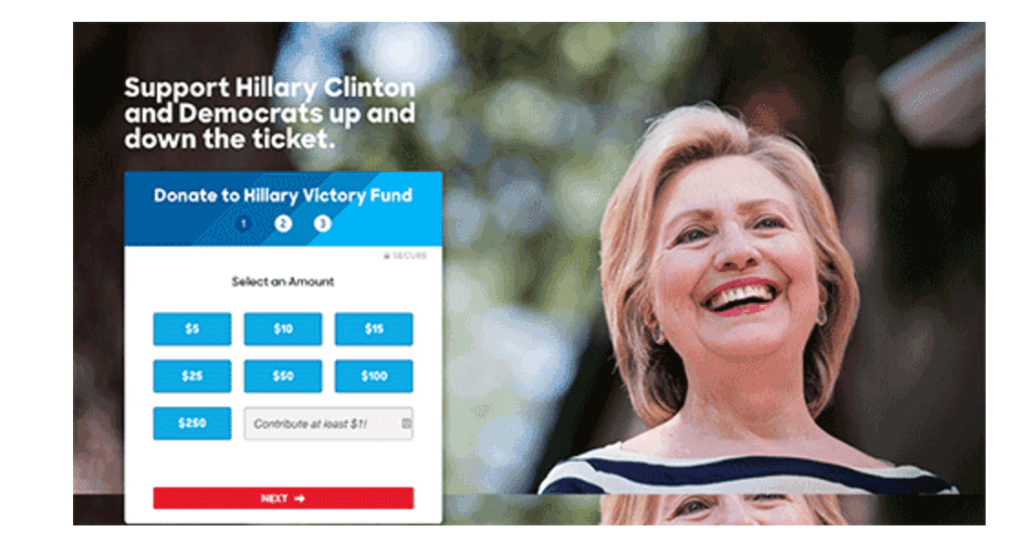
While she didn’t win the election, she did manage to raise an estimated $600 million from these strategies alone.
Sure, we can look at her as a big name brand but if you take it from a marketing perspective, she managed to take the several million and turn it into several hundreds of millions.
It is also interesting to note that Hillary received a lot of negative feedback for her marketing strategies. Billionaire tech guru Mark Cuban, who was a supporter of Hillary, commented on Twitter that her marketing was “straight out of 1995”.
“Hillary Clinton marketing herself is awful. It’s straight out of 1995. It’s not newsfeed or social media literate at all…her marketing message needs to be simplified. She needs to tell people why they should vote for her in one short sentence or less,” commented Cuban.
It definitely seems that Hillary took a very safe and somewhat vanilla approach to her marketing strategy. While it definitely worked to earn her donations, perhaps what it didn’t do was make her voice and her brand stand out from the crowd.
One voice that did stand out from the crowd during the election however was Bernie Sanders. Let’s take a look at his marketing strategy-
Bernie Sanders Online Marketing Strategy
Bernie Sanders was a popular candidate among millennials. If your business is aiming to target this same demographic, perhaps you may find some pearls of wisdom in his strategies.
Advertising
Bernie began really pushing his online marketing strategy about a year before the election. Interestingly enough however, by January he slowed his online spending considerably.
There is not enough evidence to suggest why Bernie backed down so heavily from his online marketing strategy, but it is clear that he spent far less than Hillary.
His main advertising strategy also included Direct Buy and Google. Unlike Hillary, he also did not favour native advertising networks.
Even though Bernie spent far less than Hillary, they were neck and neck during the primaries. Why?
Bernie was lucky enough to go viral many times across social media platforms. His views and speeches resonated with a younger, tech-savvy crowd that were able to put his political views and interviews on their social media feeds.
Bernie also chose to advertise exclusively on democratic friendly websites like thinkprogress.org and thedailybeast.com.
By targeting these sites, Bernie was able to reach his most desirable audience quicker and for less. Instead of trying to reach a wider audience, he went where he knew his fans would be.
Another key difference of Bernie’s campaign is how he presented his ads. His ad copy used strong and bold catch phrases like “join the political revolution”. He also used images that depicted him as looking like a regular guy, rather than a politician.
If you notice, at the bottom of his ads he also included the text “paid for by Bernie 2016 (not the billionaires)”.
Again, this message helps to prove that Bernie really stands by his message of being for the people and against the “evil” big corporations.
Bernie also appealed to the female vote by driving a big advertising campaign about his support for women. This was an important move for Bernie who was running against the first female presidential candidate in history.
Landing Pages
Bernie used landing pages that were very similar to the other presidential candidates. One notable difference compared to Hillary, is that Bernie included a lot more information about his policies and what he believes in.
He also had a poll on his landing pages that allowed visitors to share what was most important to them. This made his visitors feel like he really did care and that he really was taking their thoughts and feelings into consideration.
In his second landing page, Bernie again targets the female voter using a bold headline- “Stop the War Against Women”.
By asking for these petitions, Bernie was able to build up a strong database of leads, which he then put into his political sales funnel.
This is a clever strategy by Bernie, as it helped to get people fired up about their beliefs and standing for something, which in turn made them more willing to share their personal information.
Donation Pages
Once you have signed one Bernie’s petitions, you are sent to his donation page, which is one of the most important components for a presidential candidate.
As you can see on his donation page, Bernie has the option to set up recurring payments and even allows the backer to choose how many months they would like to donate for.
The layout for this is very simple and makes it easy for people to choose what option they would prefer without having to read through a lengthy description.
Overall, Bernie’s online marketing campaign helped him to get his message out there and communicated a very clear policy outline. This helped people to stand behind Bernie, which helped him to go viral on social media.
In studies, millennials have consistently shown that they like to support companies that stand for something and have a strong message that they believe in.
By adopting this strategy as part of his campaign, Bernie was able to appeal to this crowd and earn himself a strong reputation.
Ben Carson’s Online Marketing Strategy
Ben Carson may be a relatively unknown name, especially here in Australia. Ben Carson was not a favourite on the Republican team but he was one of the highest spending candidates.
Ben spent over $6 million on his online marketing strategy in just a few months, curious to see what type of returns this gave him?
Ben came out of the gates running and spent majority of his money, $5.3 million to be exact, with Google Adwords. The rest of his spending was divided up between Outbrain, Yahoo and MediaMath.
As you can see from the graph, Ben spent a lot of money towards the end of 2015 but then tapered back as 2016 approached.
Publishers
Ben chose a similar strategy to Bernie when it came to choosing publishers. Ben advertised on Republican news sites where he knew his most desirable audience would be.
Even though he had a huge ad spend, Ben’s team choose to stick to publishers where he would most likely receive support.
Ben’s ads also offered a free bumper sticker and also used the same petition technique as Bernie. Ben also used bold images to evoke feelings and to encourage people to sign up and support him.
Landing Pages
Ben had two main landing pages that he used. One was a opt-in page that gave subscribers a free bumper sticker and the other was a donation page that didn’t require users to subscribe.
Ben’s strategy was definitely a standout during the campaign not just because he spent the most on online marketing in just a few months, but also because he shattered records.
His online marketing campaign helped Ben to receive over 600,000 donations, totalling around $31 million in just a few short months. This was more than Mitt Romney, who raised just $14.2 million back in 2012.
One criticism that Ben’s team did face however, was that as quickly as they made the money they also spent it. His biggest expenses were all fundraising related including direct mail, phone calls and online marketing.
Even though he didn’t win the presidency, Ben was able to take the $6 million he spent on advertising and turn it into a whole lot more.
Ted Cruz’s Online Marketing Strategy
Ted Cruz was a Republican candidate that was a favourite during the presidential race for quite some time. What is interesting however, is that his online marketing strategy was virtually non existent.
In contrast to Ben, Ted only spent a very modest amount on online advertising. We discovered that his budget was just over $5,000 and majority of his ads were delivered by Google and MediaNet.
Publishers
When it came to publishing, Ted went for a broader approach and targeted both general news sites and Republican friendly news sites.
By taking such a broad approach, Ted was able to get his name out there, but it seems that he raised most of his donations from big-ticket backers and other mediums rather than through online marketing.
One strategy that did help to draw people’s attention online however, was the bold headlines and ad copy that he used.
As you can see from his choice of images and text, Cruz targeted a particular demographic with his ads and prayed on emotions of fear and nostalgia.
Landing Pages
Ted took a very similar approach with his landing pages and had a few different versions that all carried one of his signature messages.
One thing that is interesting to note is the imagery that Ted chose to use on his landing pages. This imagery was designed to evoke certain emotions and to persuade people to stand for a certain cause rather than for him.
Looking back at Hillary’s landing pages which were all about standing with her and joining her, Cruz took the approach of fighting for a cause and standing up for different issues within the community.
This helped to appeal to a younger crowd as well, and many of Cruz’s supporters were millennials.
Donation Page
Ted’s donation page included many options such as being able to download his app, join him on social media, volunteer and donate.
It would be interesting to see how having so many call to actions would have fared for Ted, but what we do know is that his app was downloaded around 61,000 times.
Overall, statistics also show us that Ted raised around $141 million in donations and spent close to $112 million.
Digital Spending During the Presidential Campaign
Over $1 billion was believed to be spent on the 2016 US presidential race in total and online ad spending made up only around 9.8 percent of this.
Even though this is a small percentage, digital spending was up by nearly 50 percent from the previous US election, and it seems that it is becoming an increasingly popular medium for presidential hopefuls.
TV advertising and broadcast continued to dominate in 2016, making up around 59 percent of overall spending.
TV advertising has consistently dominated throughout the years and will most likely continue to be a popular way for candidates to get their message out there.
Looking at the different online campaigns from some of the presidential candidates, it is clear to see that even though the money spent didn’t earn everyone the highly sought after title, it did allow smaller time players like Bernie and Ben to have a clearer chance of winning the race.
Perhaps this is the trend that digital marketing will have on future elections and perhaps smaller candidates who can’t afford huge TV campaigns, will still be able to share their voice and their views.
The Federal Election Commission also came out with the average amount each candidate spent per vote. Here are some of the results-
- Ben Carson- $74.73 per vote
- Bernie Sanders- $17.77 per vote
- Hillary Clinton- $13.97 per vote
- Donald Trump– $5.19 per vote
- John Kasich- $4.57 per vote
So, no matter what type of business you are in you can adopt some of the strategies that these candidates used to get their name on the map, regardless of your budget or popularity.

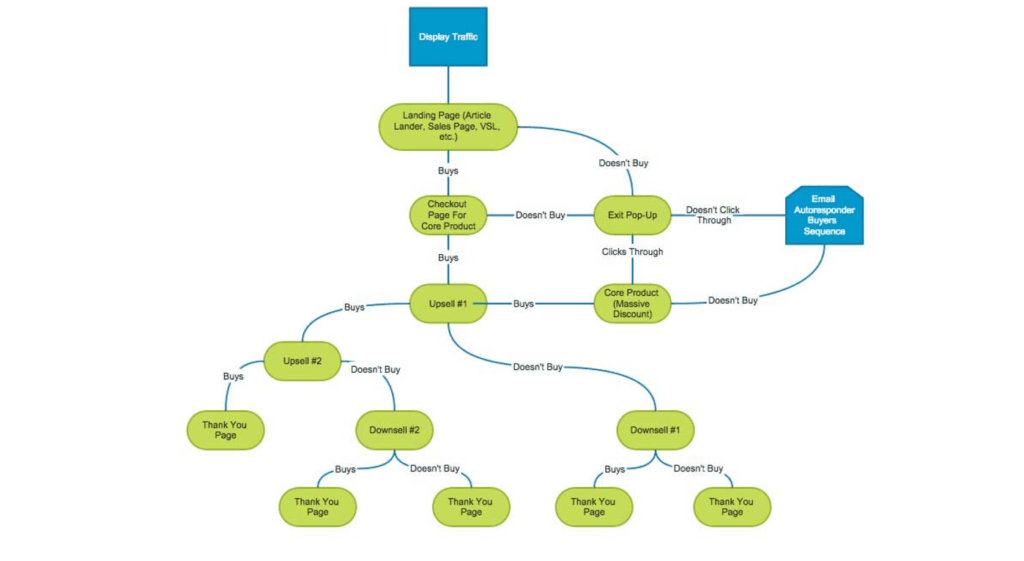
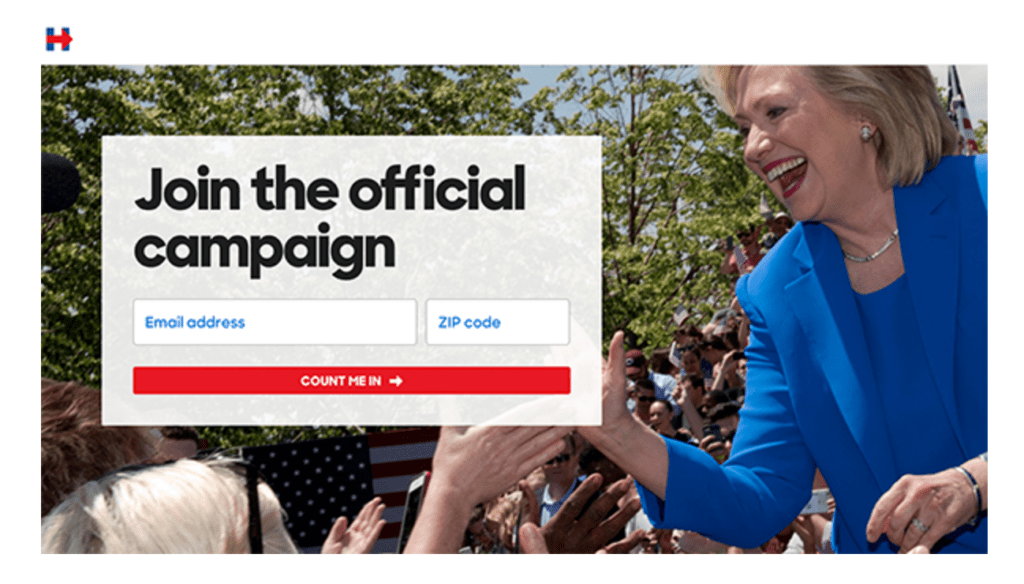
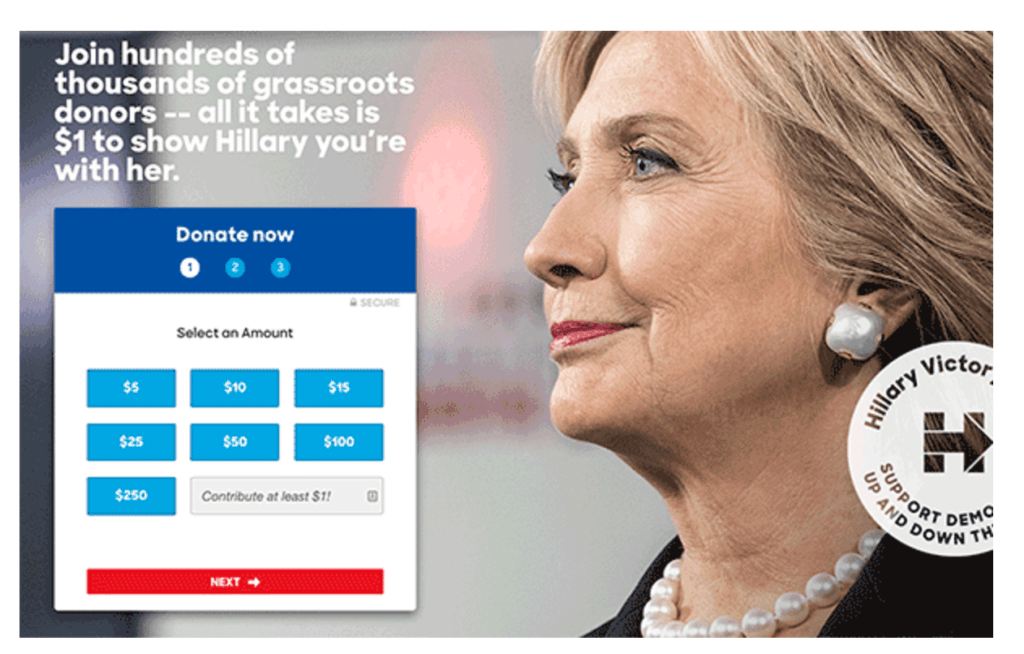
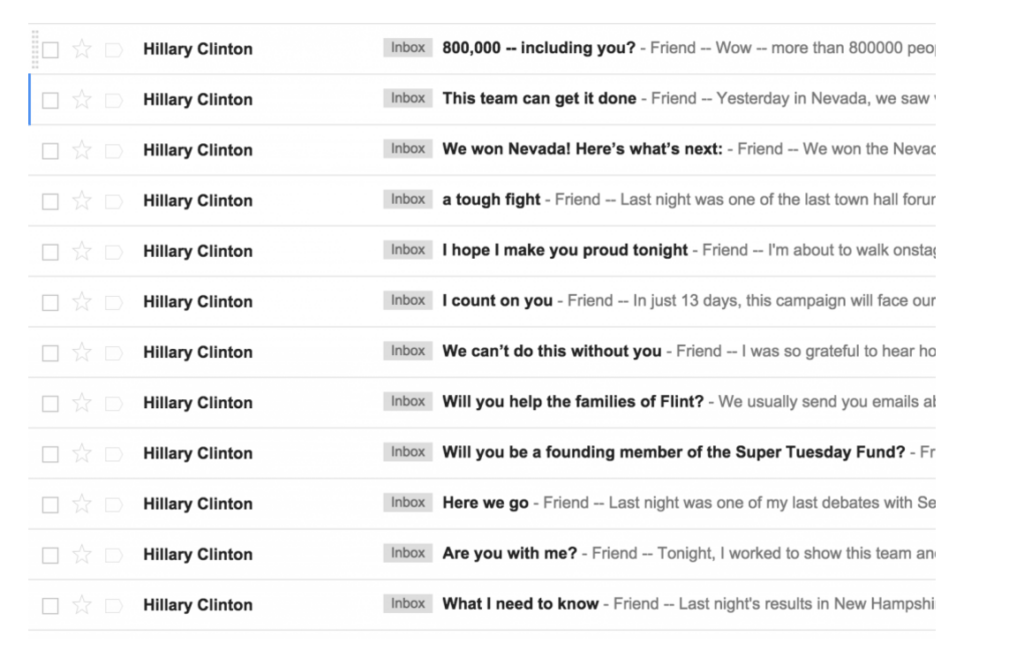

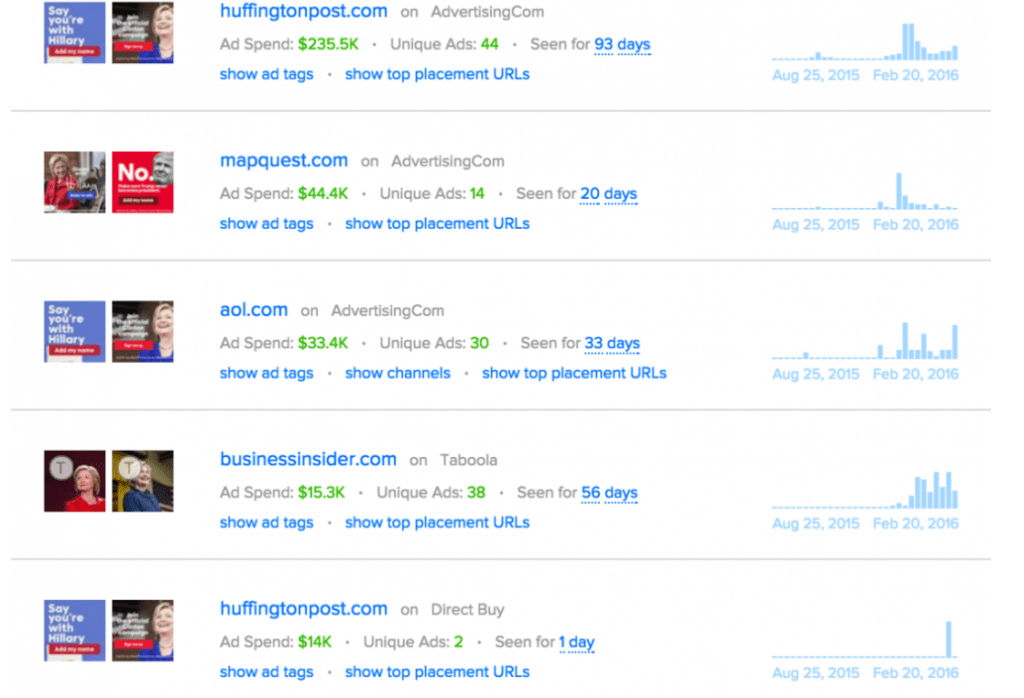
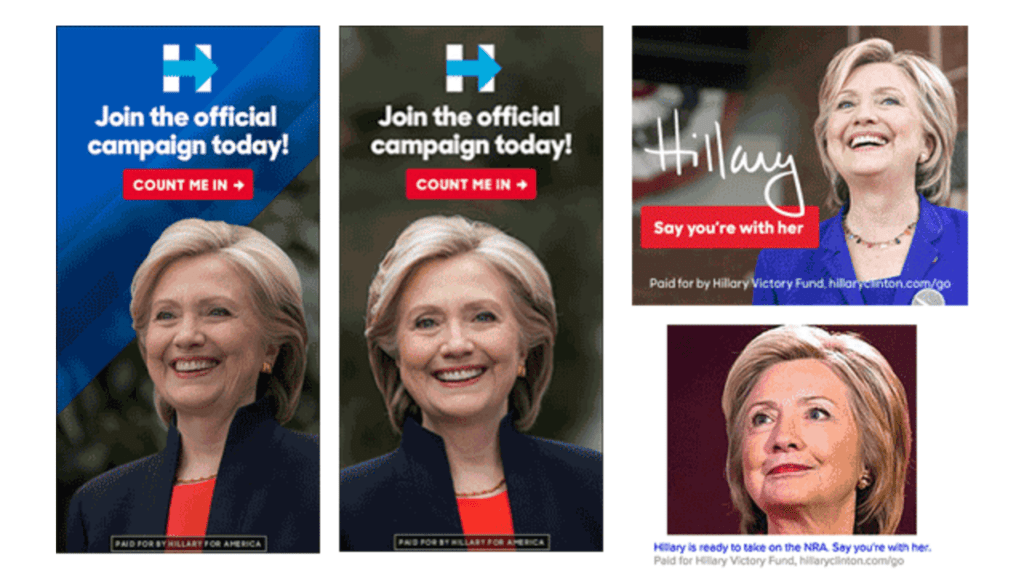
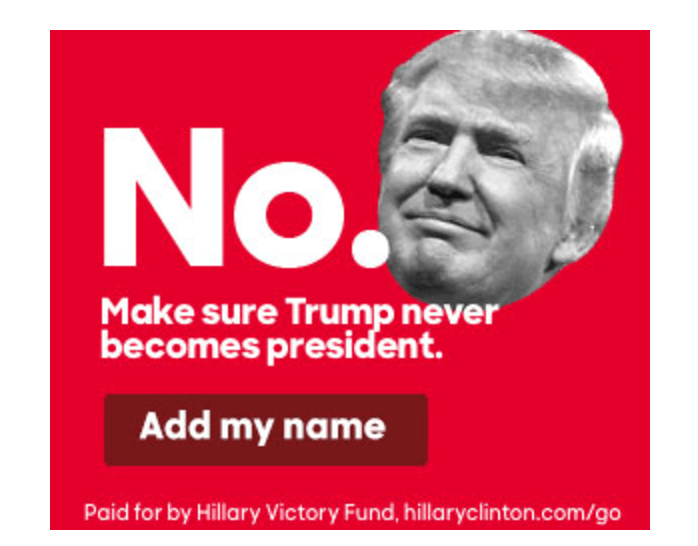
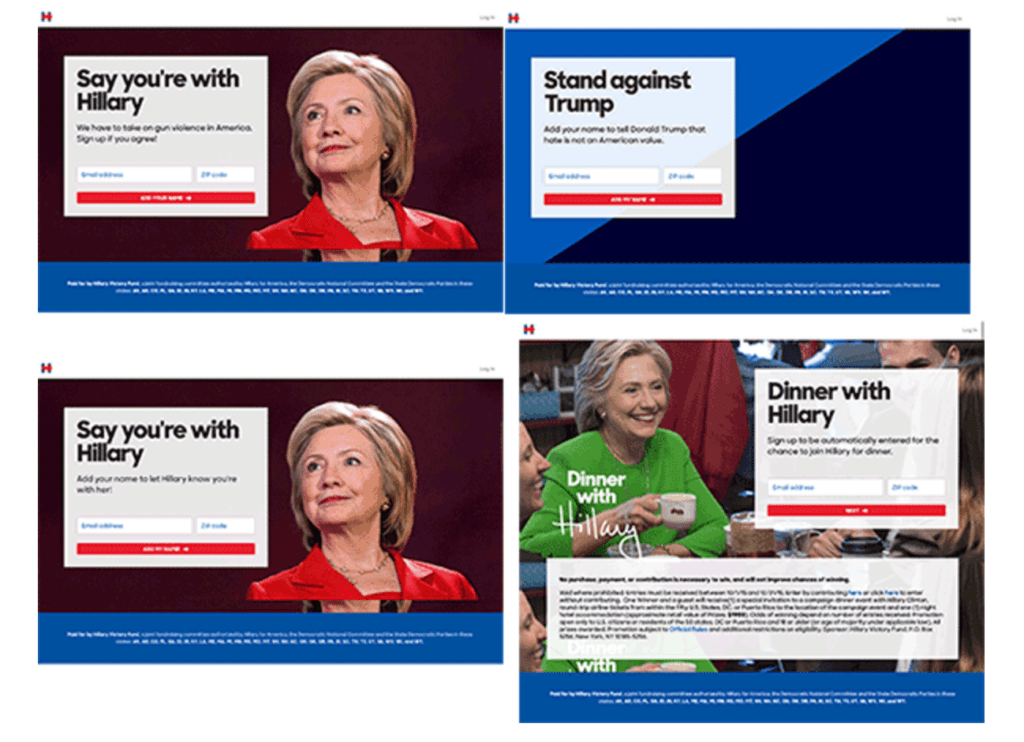
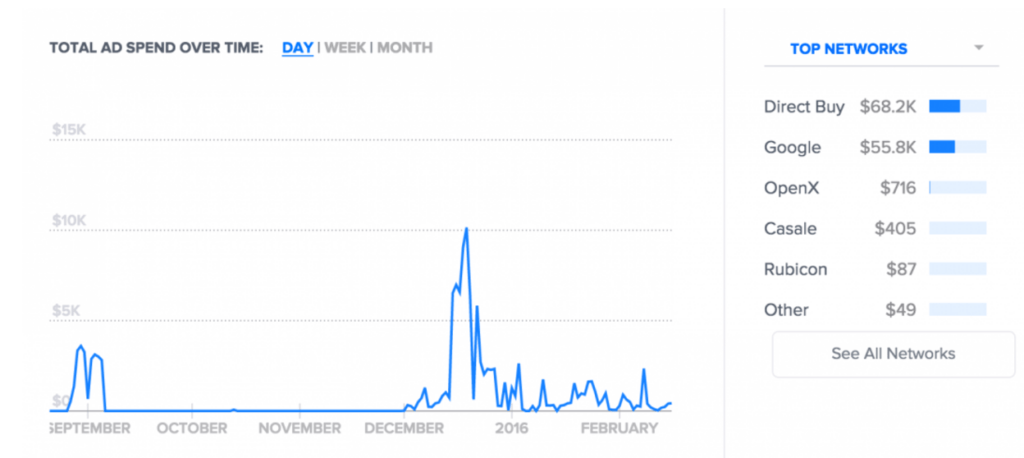
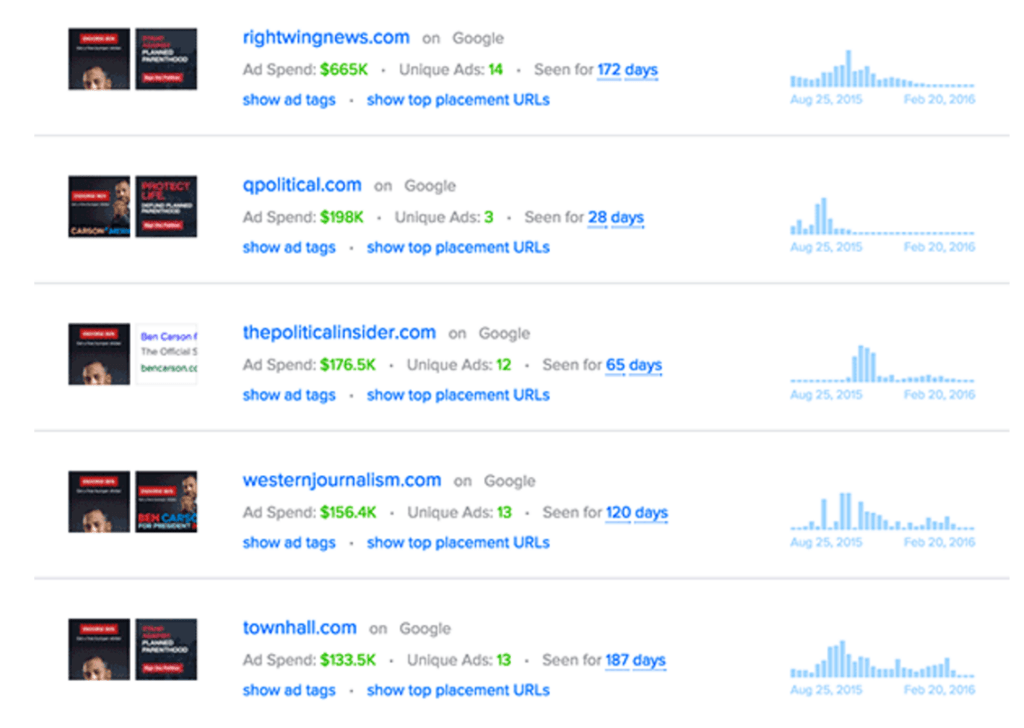
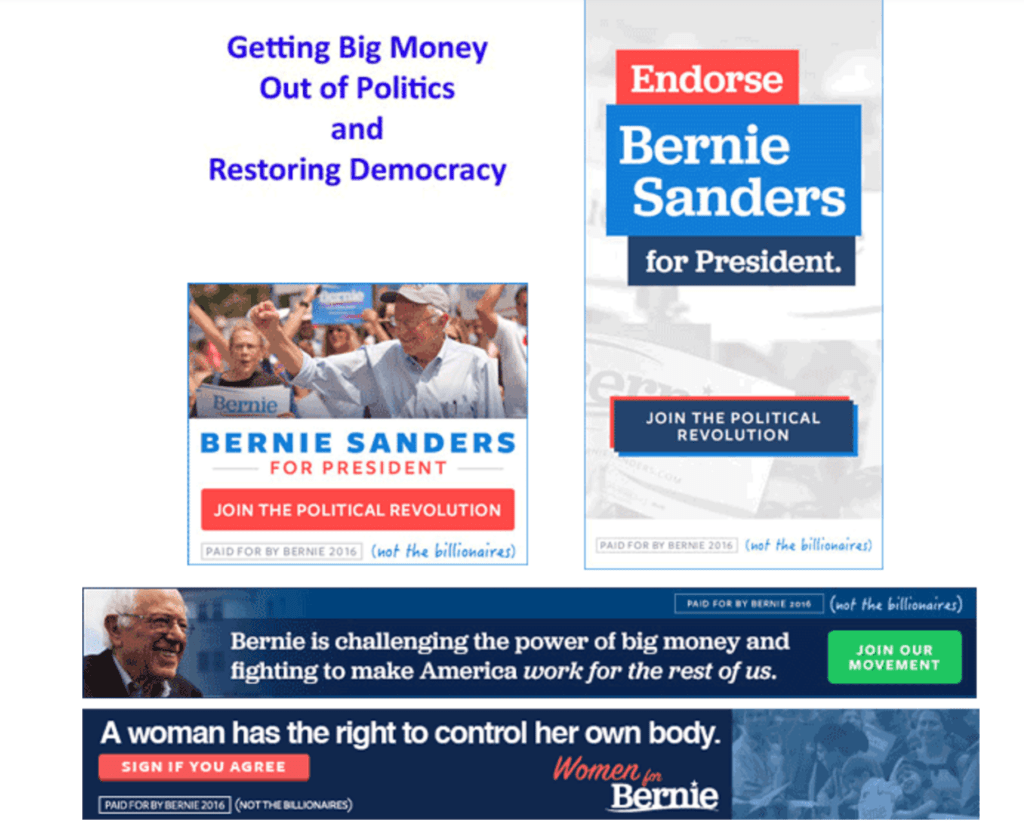
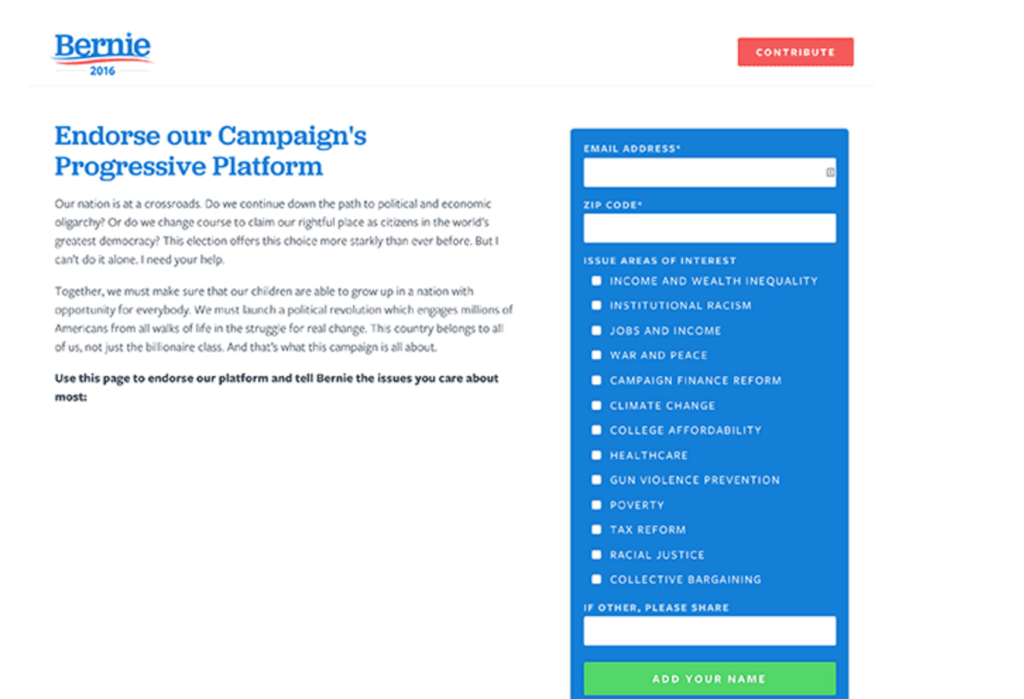
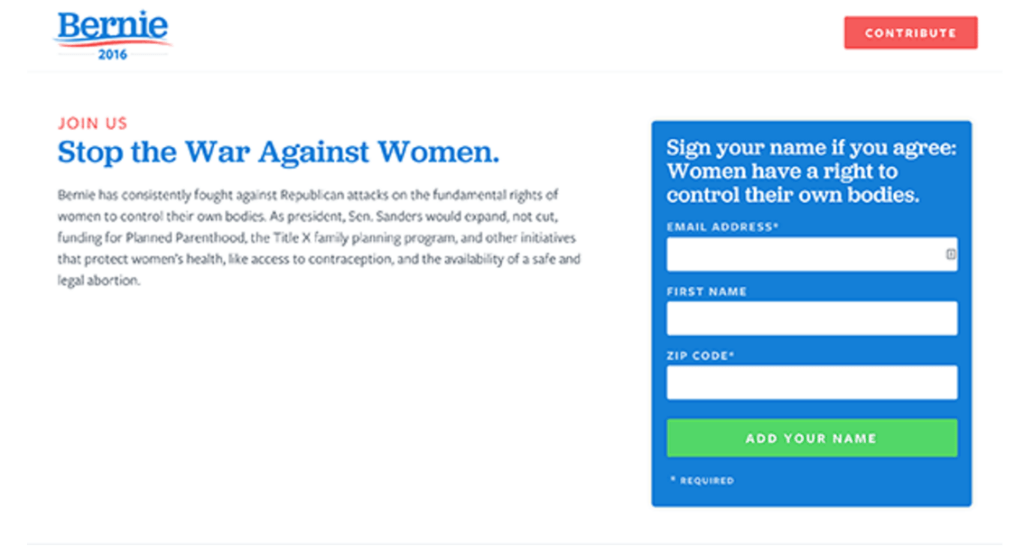

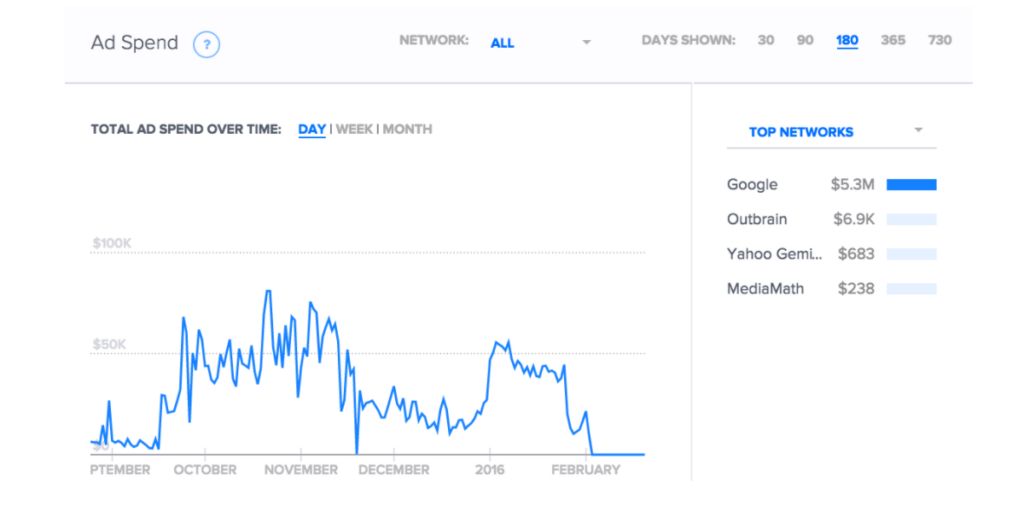
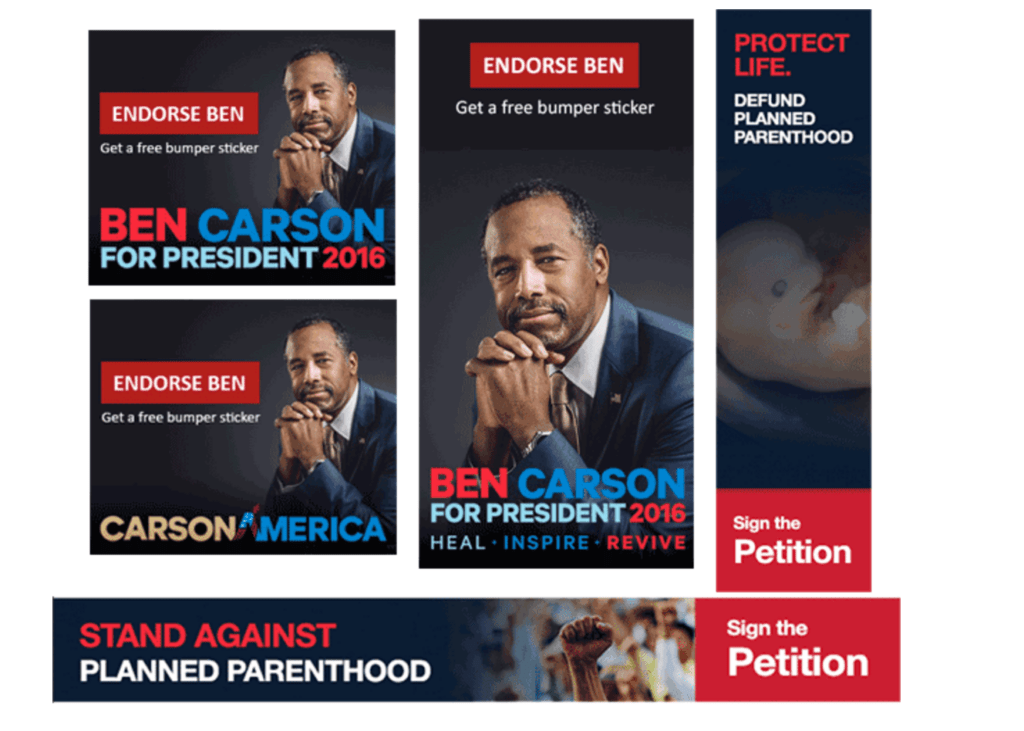

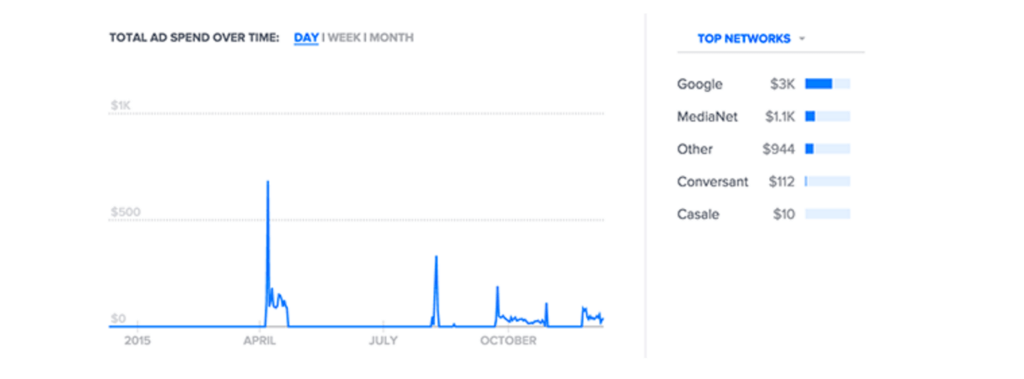
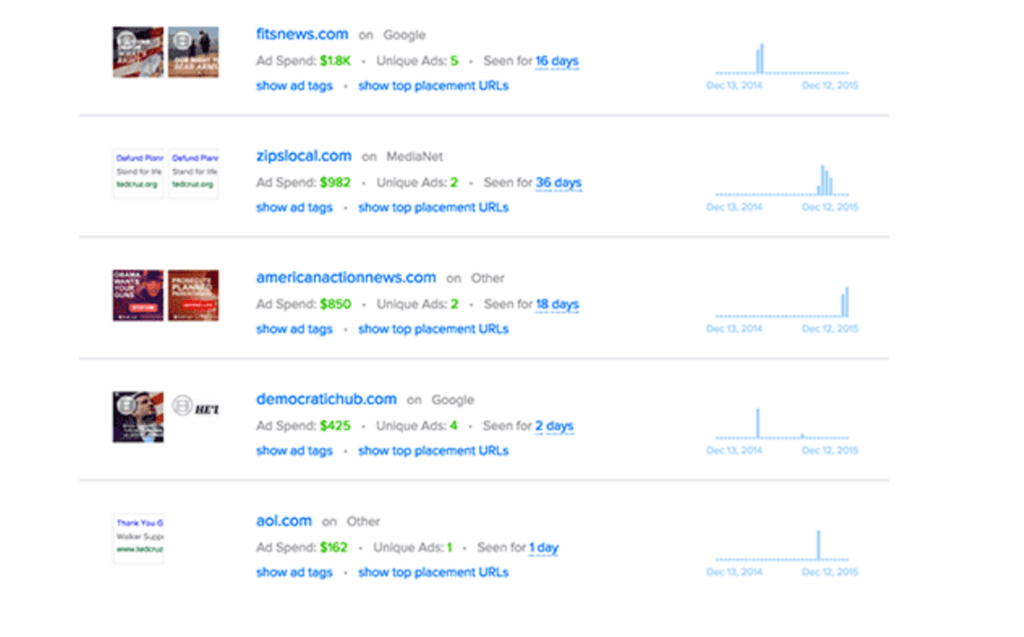
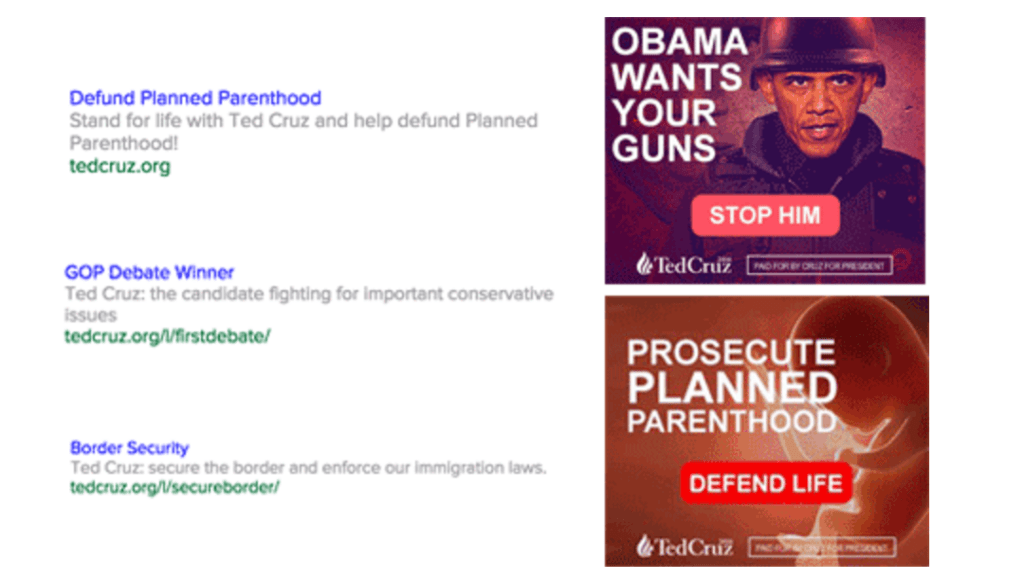
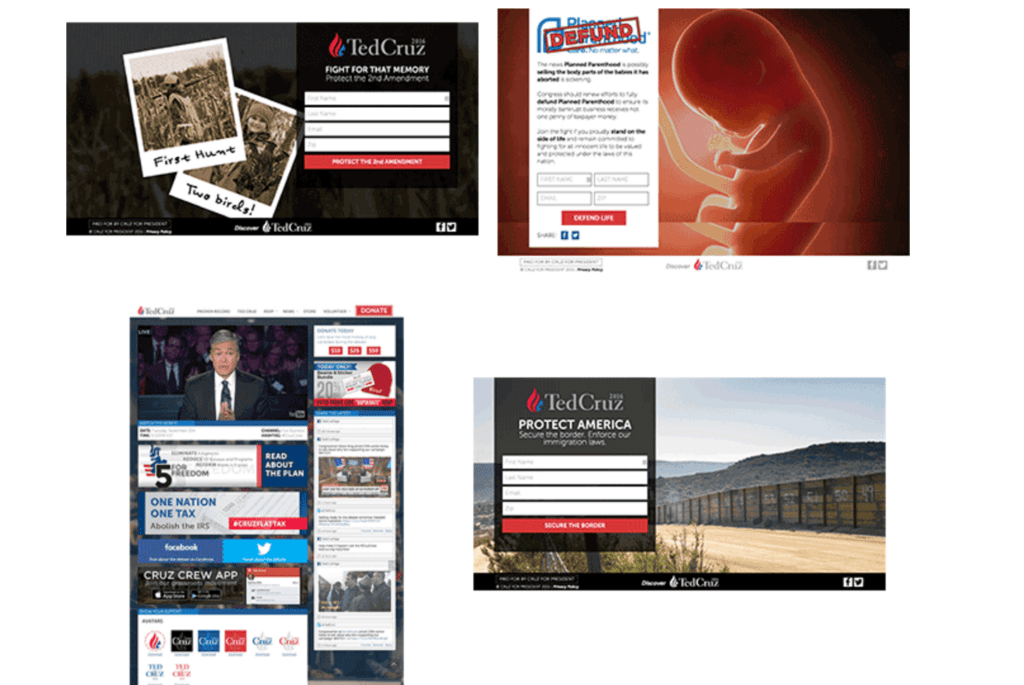
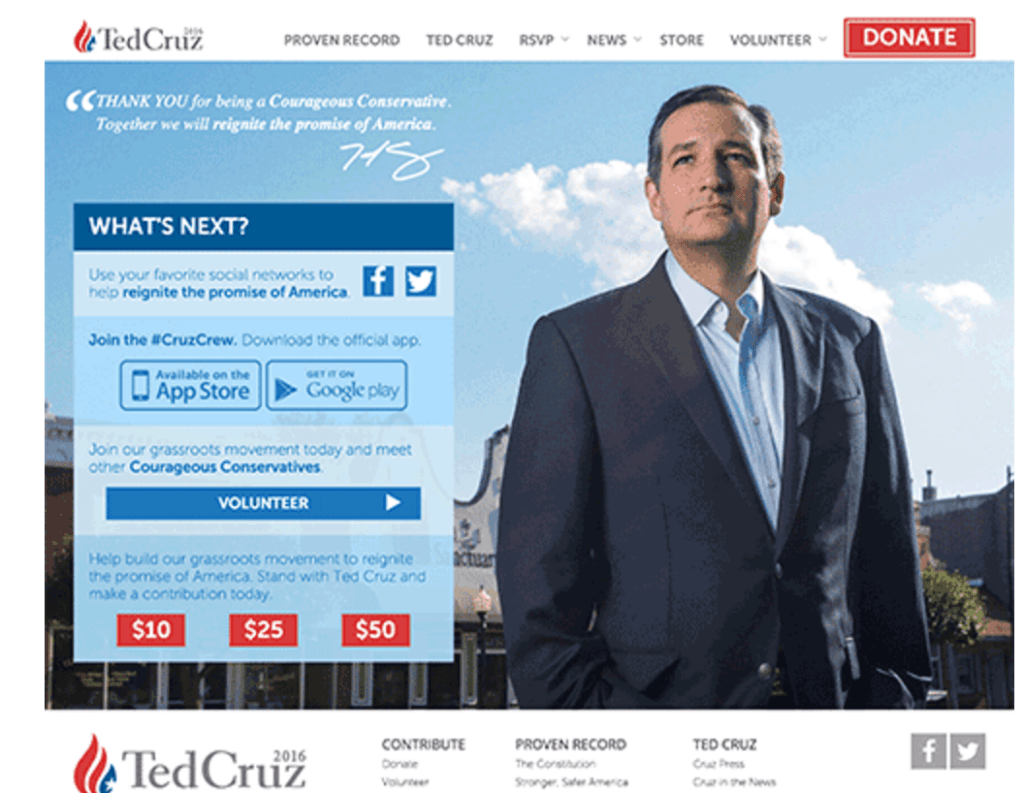
Hey!
It looks like you're browsing in . Would you like to switch over to the website?